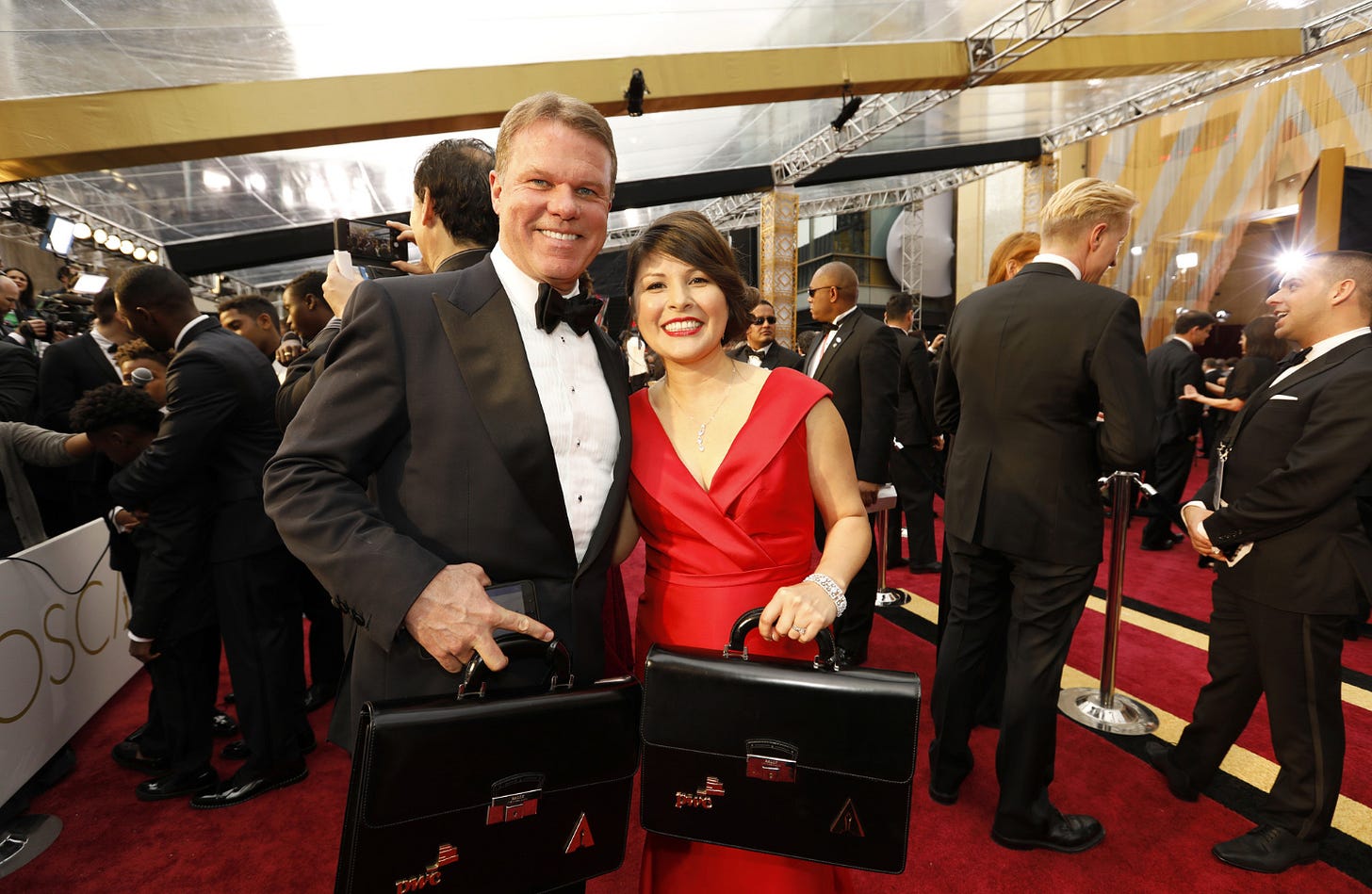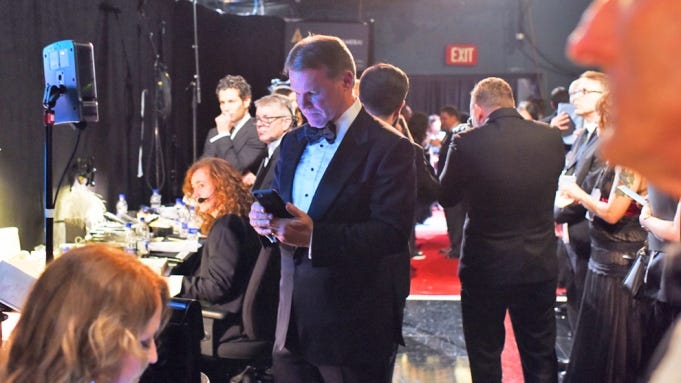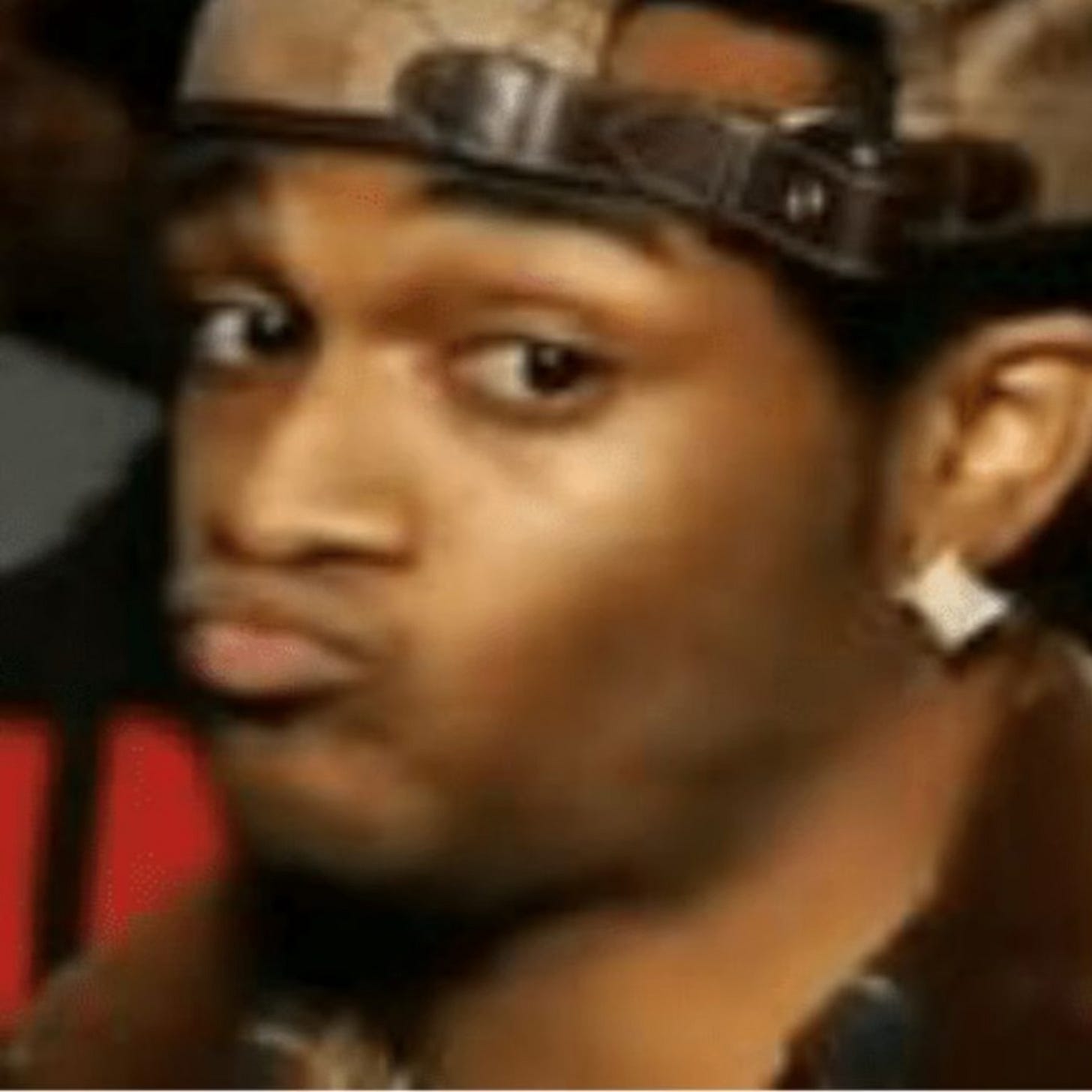50 Years Of A Fad: Mission, Vision And Values
The vision and guiding principles of a certain organization go like this:
Our highest principles guide our vision and all that we do: integrity; service; excellence; courage; teamwork; and stewardship.
The BP oil spill, also known as the Deepwater Horizon oil spill, was one of the largest environmental disasters in history. It occurred on April 20, 2010, in the Gulf of Mexico off the coast of Louisiana, United States. The spill was a result of a blowout on the Deepwater Horizon drilling rig, operated by BP (British Petroleum), which caused a massive release of oil into the Gulf waters.
The environmental and economic impacts of the BP spill were significant and wide-ranging. The spill had devastating effects on marine and coastal wildlife. Numerous birds, sea turtles, and marine mammals were killed or affected by the oil. The oil contamination also harmed fish populations and their habitats. Wetlands, estuaries, and coral reefs in the Gulf of Mexico were affected by the spill. These delicate ecosystems suffered damage, impacting the overall biodiversity and functioning of the region.
Additionally, the spill had a severe impact on commercial and recreational fishing in the Gulf of Mexico. Fishing grounds were closed, and fishing communities faced significant economic losses. The incident also affected the tourism industry in coastal regions. Beach closures, negative media coverage, and public perception of the environmental damage led to a decline in tourism, resulting in economic repercussions for local businesses and communities.
BP, as the operator of the Deepwater Horizon drilling rig, bore significant responsibility for the incident. In its mission statement, BP expresses that their mission is:
To reimagine energy for people and planet and to become a net zero company by 2050, or sooner, and help the world get to net zero.
During the 89th Academy Awards ceremony held on February 26, 2017, the accounting firm PricewaterhouseCoopers (PwC) was responsible for tabulating the Oscar votes and maintaining the integrity of the results. However, during the Best Picture announcement, there was a mistake in the presentation of the award.
When Faye Dunaway and Warren Beatty came on stage to announce the winner, they were given the wrong envelope. The envelope they received was a duplicate of the Best Actress category, which had been awarded to Emma Stone for her role in "La La Land" earlier in the evening. As a result, Warren Beatty hesitated and appeared visibly confused when he opened the envelope.
In a moment of confusion, Warren Beatty handed the envelope to Faye Dunaway—what a gentleman—who then announced "La La Land" as the winner of Best Picture. The "La La Land" cast and crew took the stage, and the acceptance speeches had already begun when the error was realized. In fact, it was the film "Moonlight" that had won Best Picture. The mistake was quickly rectified when the producers of "La La Land" were informed that there had been an error, and the actual winner was "Moonlight." The correct announcement was made on stage, and the "Moonlight" team was invited to accept their award.
The mix-up was later attributed to PwC partners—whatever that means—Brian Cullinan and Martha Ruiz, who were responsible for handing out the envelopes. Here we see a smiling Brian and Martha holding the briefcases, largely unaware of the sudden fame heading their way, thrusted by their sheer incompetence:
It was determined that Brian Cullinan had mistakenly handed the duplicate envelope to Warren Beatty and Faye Dunaway, sparking one of the most memorable and unprecedented moments in the history of the Academy Awards. The reason why it happened was rather simple: Brian and Martha were simply starstruck. For instance, here we see our guy (?) Brian profusely checking his phone:
Mr Cullinan had been tweeting during the event, showing that he was more interested in showing off to social media he had access to the backstage more than doing his job (that #PWC hashtag is cringe gold):
Now, back to the main topic. Let’s see what PWC mission statement is:
To become the leading firm to build trust in a digital society.
Hilarious. Sure sure, the action of two individual people cannot be generalized to a whole organization, bla bla. I bet the ‘La La Land’ cast begs to differ on the trust bit of that paragraph above.
The practice of writing down an organization's mission, vision, and values is rooted in the field of strategic management and organizational development, whose brilliant minds have intellectualized—read, monetized—corporate business for the last 7 decades. While it is difficult to pinpoint a specific individual or organization that first introduced this concept, it has evolved over time through various management theories and practices.
The concept of mission statements can be traced back to the 1950s and 1960s when management scholars like Peter Drucker emphasized the importance of defining an organization's purpose and objectives. During this period, mission statements were primarily focused on outlining the organization's reason for existence, its target market, and its core activities.
In the 1980s, the concept of vision statements boomed. Vision statements expanded upon the mission statement by describing the desired future state or long-term goals of the organization. They theoretically provided a guiding image of what the organization aspired to achieve and offered inspiration and direction to employees and stakeholders. What were companies doing before this practice kicked in? I guess just aimlessly going in circles, incapable of doing any business due to the lack of golden, guiding insight ideated by intellectually superior managers.
The inclusion of "values" in the mission and vision statements is more of a 1990s and early 2000s kind of a thing. Values are supposed to reflect the ethical principles, beliefs, and behaviors that guide an organization's decisions and actions. According to the gurus (?), integrating values into the mission and vision statements helps establish the organization's cultural norms and behaviors. But do they really reflect the ethical principles and behaviors? Do they actually establish cultural norms and patterns? Remember the guiding principles I pasted right at the beginning of this article? They belong to the CIA1.
The mission, vision and values thingy is nothing but a long-lived vogue, a vapid fad like many others, done by organizations across sectors, sizes and industries because of imitation. Monkey see, monkey do.
In perhaps the weirdest twist of the fashion, The Royal National College for the Blind (RNC) in the UK also has a vision statement.
https://www.cia.gov/about/mission-vision/




